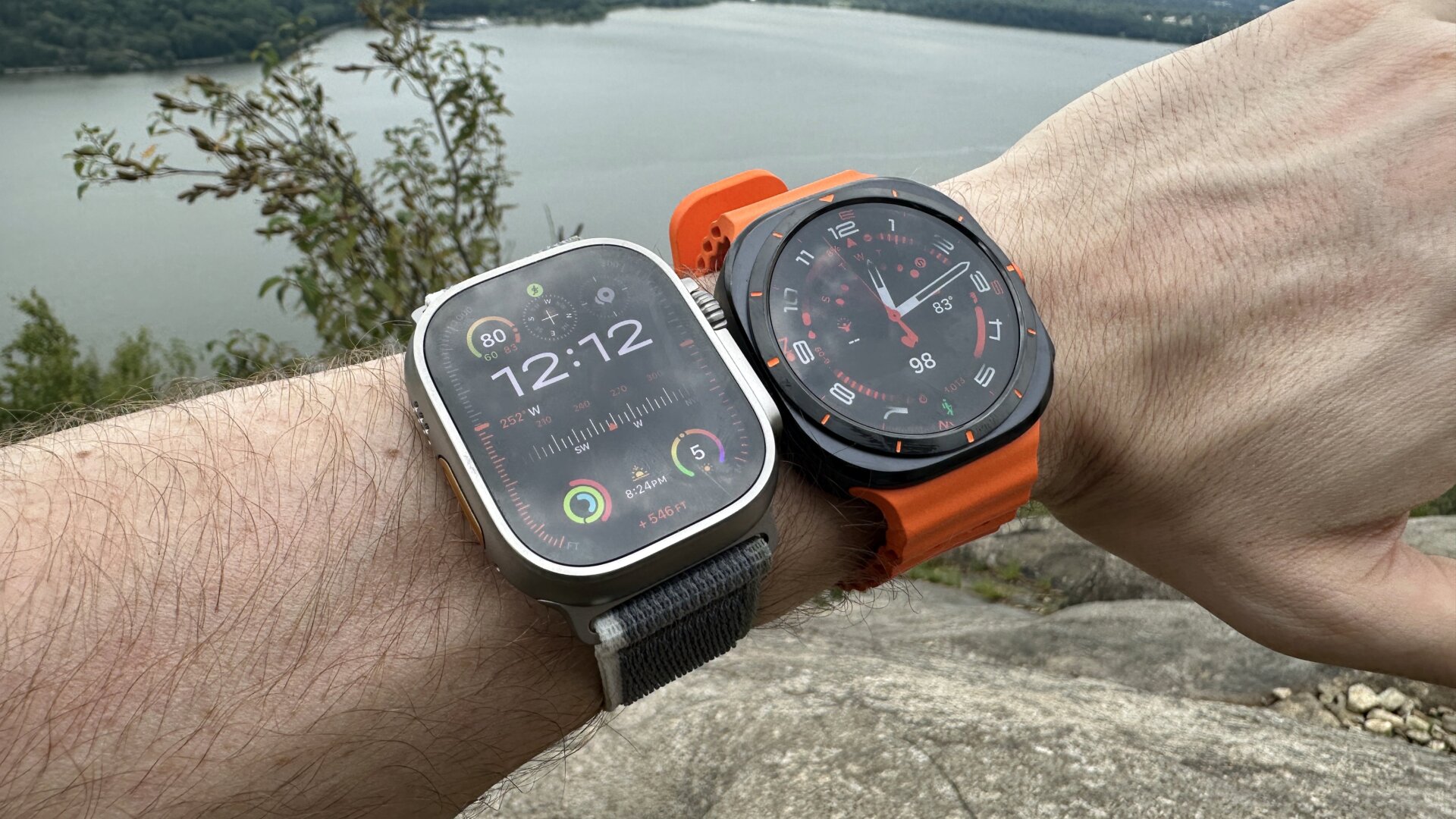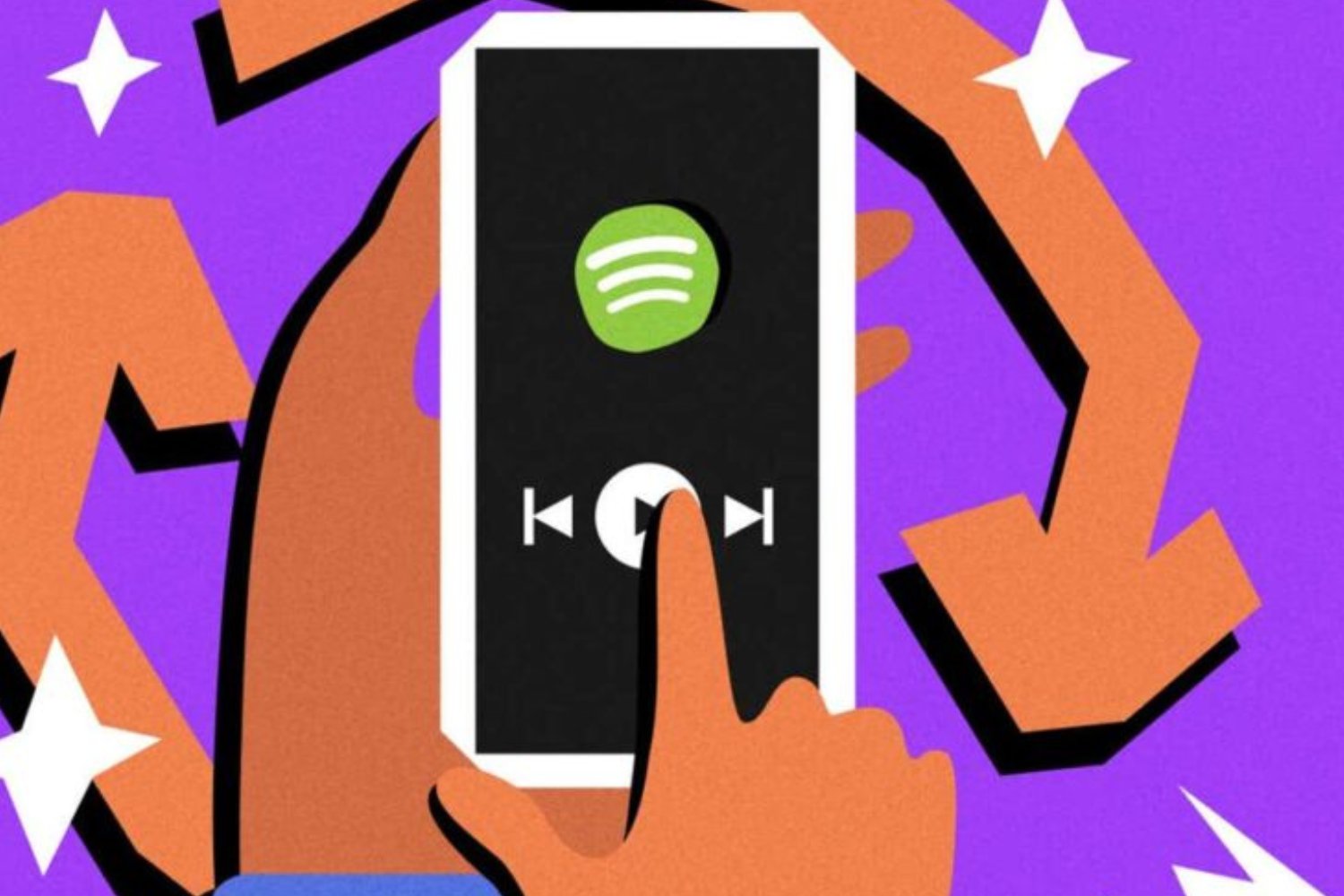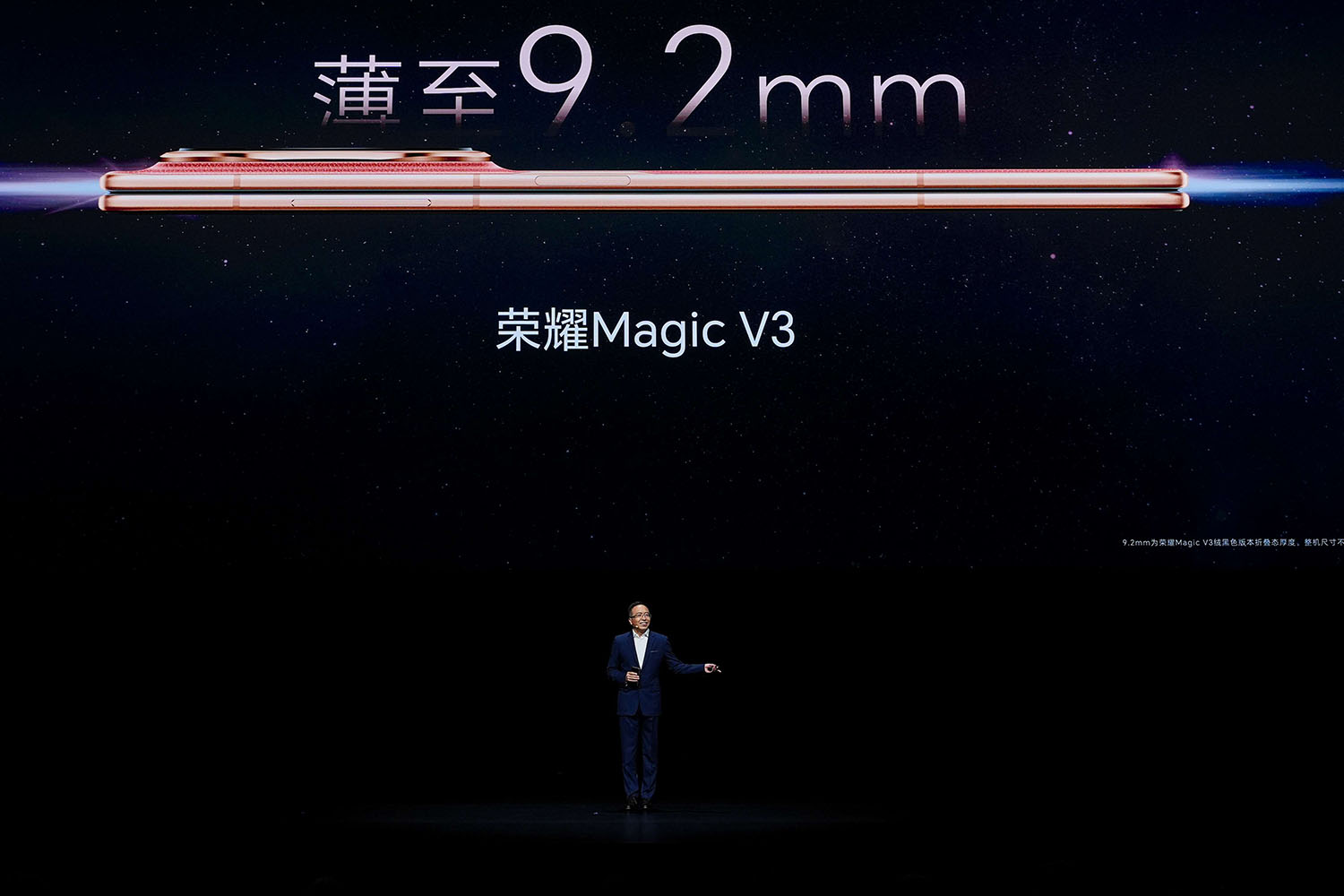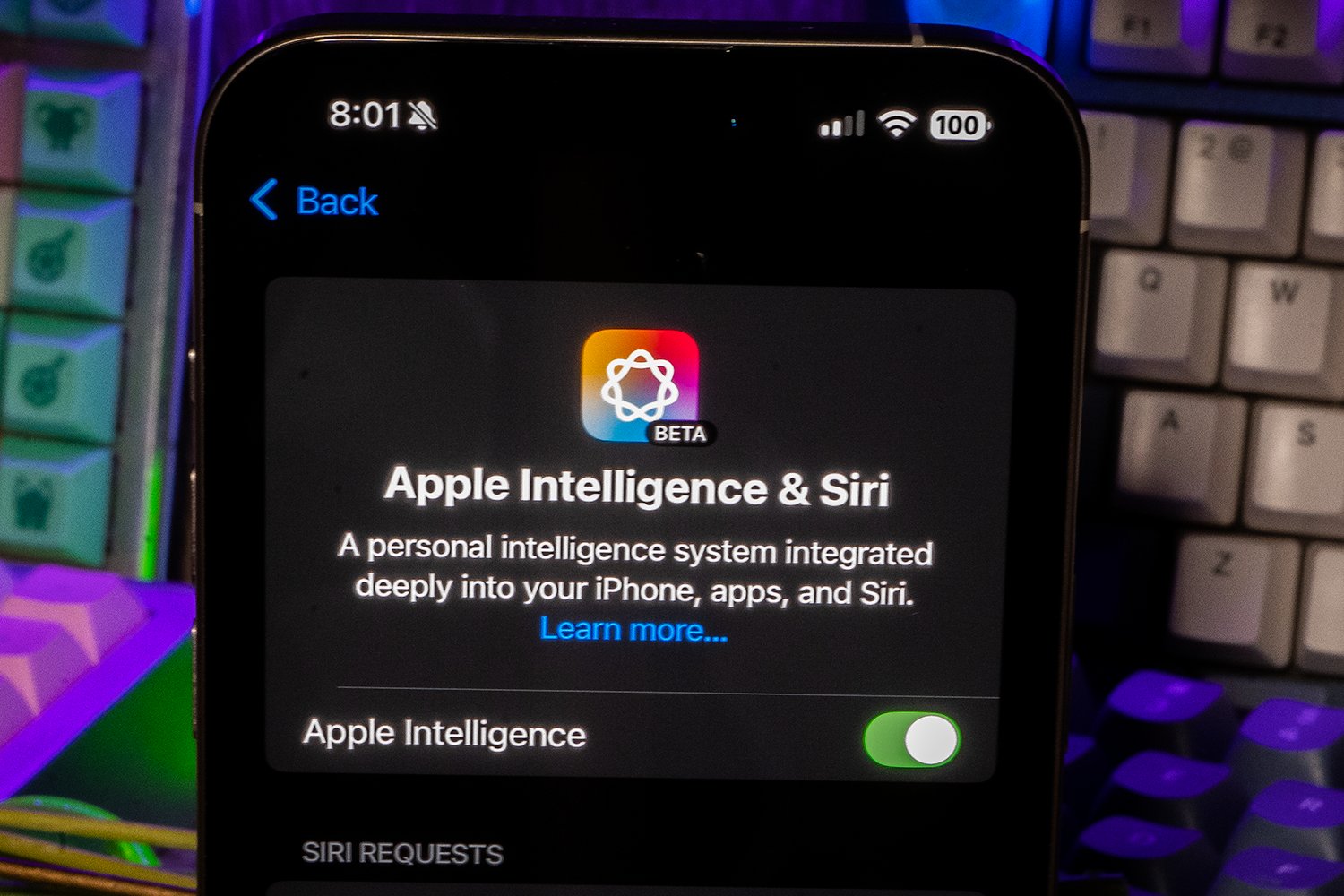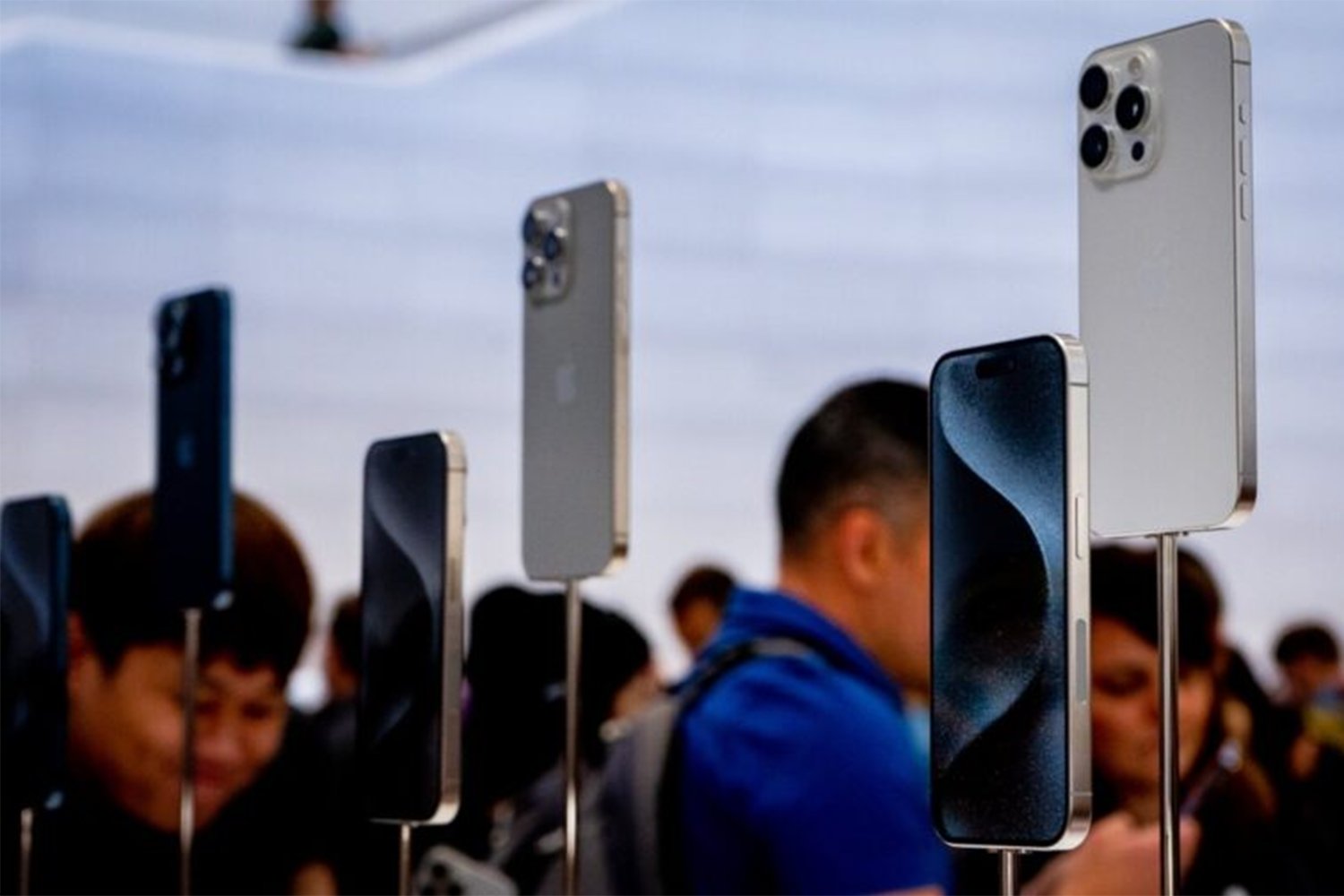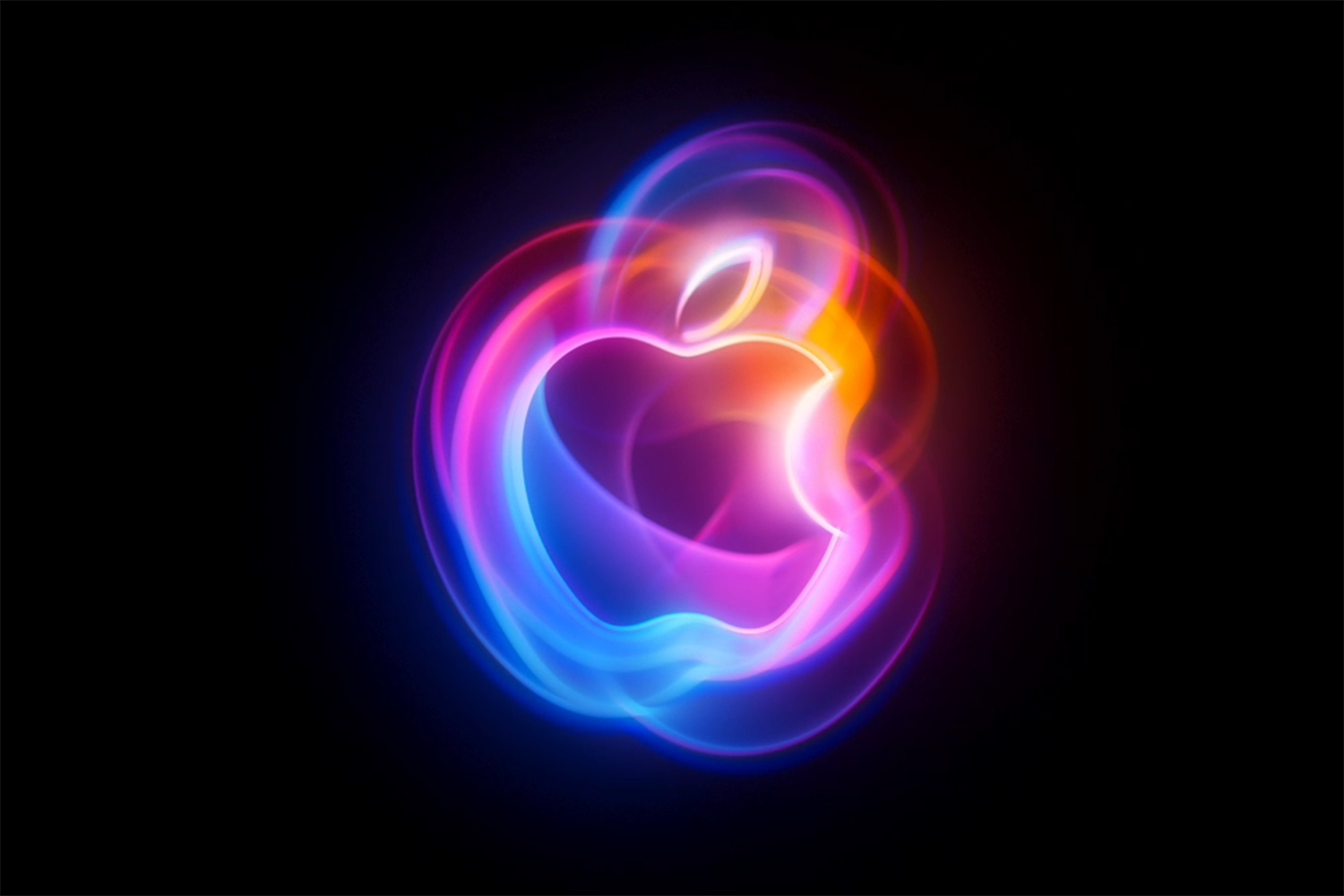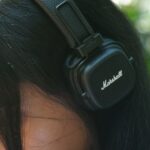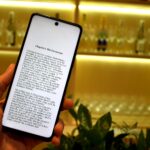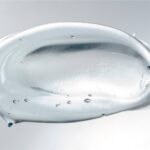The Apple Watch Ultra 2 and the Samsung Galaxy Watch Ultra are supposed to be your forever watches. With all those demands to close your circles and long-lasting batteries, you’re never supposed to want to take them off. So I didn’t. I’ve regularly swapped between the two over the past few weeks, never spending a minute without a watch. Occasionally, I’ve worn both simultaneously, going watch-akimbo like a fitness-obsessed cyborg. I wanted to see which one I liked more. All I learned was that Apple and Samsung wearables are at near-complete parity.
Samsung ate Apple’s homework on some of its latest devices. The competing company’s high-end sports watches even bear the same “Ultra” monicker. It’s become a major talking point among Samsung and Apple fans, but it truly doesn’t matter. When Samsung copies a device so well and still manages to sell it for $150 less than the competition, then you’re doing right in my book. I’m not a lawyer; I’m a consumer. I don’t care who steals from whom.
The Galaxy Watch might have a more customizable Ultra-exclusive watch face, but the Apple Watch bears a singular, though significant edge over the Galaxy: analog controls. They both offer near-full two-day battery life, even with always-on displays. Samsung barely edges out Apple with battery life and a spare few unique health tracking features, but it’s not a wide gulf. Otherwise, they pack titanium frames, dual-frequency GPS, programmable buttons, water resistance up to 100 meters, and multi-sport workout tracking. The only question remains: how accurate are these watches tracking your fitness data, especially with Samsung’s latest touted upgrades?
If you’re an outdoor exercise aficionado and an Apple user, you would go with Apple’s Watch Ultra. Ditto with Samsung fiends and the Korean tech giant’s big, durable watch. What I was curious about was the minute differences between them. Is one truly more usable than the other? To find that out, I wore both at the same time through several workouts and on a three-hour hike through Breakneck Ridge just south of Beacon, New York.
The differences between these two watches are so minuscule that I have to dig for comparisons like a prospector sifting for gold in a dry riverbed. There are differences in sensing capabilities, and on its face, Samsung has Apple beat thanks to its blood oxygen sensor (which is currently disabled on Apple wearables) and body composition tracking. Unless you’re particular about sleep apnea testing, there’s not much there that actually changes how you use the watch or what data you get from it.
Order Apple Watch Ultra 2 at Amazon
Order Galaxy Watch Ultra at Samsung
Apple Watch Ultra Versus Samsung Galaxy Watch Ultra: Design and Comfort

If you ever decide to hike Breakneck Ridge, you’ll find impeccable views of the Hudson River as well as the stumped, green mounds and rising rock faces of the Hudson Highlands. But yes, I kept turning my attention to the watches, which both never shut up about different legs of my journey. They look great, though. I like them both, especially in dark mode, with the glowing red neon feeling very thematic.
The Samsung Watch wins out simply because of its circular face and bounty of customizable complications worked among the buttons and compass. Both are very bright, and they do an excellent job of getting nice and bright when you glance at your wrist, even in direct sunlight.
The Galaxy has a 47-mm watch face compared to the Apple Watch Ultra’s 49-mm, yet the Samsung is the bigger watch. That’s due to its large, square frame, which—combined with its 12.1-mm thickness—makes it a wearable that really takes over your wrist. That said, it’s not uncomfortable—far from it. You never know it’s there, but the size distributes its 60.5 grams of weight over more skin.
The Apple Watch Ultra is similarly thick but not nearly as wide. That means its 61.4 grams of heft are more concentrated on one point. As silly a thing as it is to say, the Apple Watch Ultra feels more noticeable on my wrist. It’s not like either watch is dragging my wrist to the floor, but there is a difference you’ll only ever notice if you dare try both in quick succession.
The digital crown is a godsend. It’s useful for simple things like diving through your app waterfall or selecting watch face colors. The widget-like Tiles on the Samsung Watch Ultra are good for quick access to some apps and weather info, but they would be much easier to control with a dial. The Apple Watch doesn’t have any kinds of tiles, but you know what? It’s not missing much.
The Tiles are nice for quickly accessing some of your most-used widgets or exercise data, but without analog controls, it’s not as enjoyable to swipe through them as they could be. I didn’t miss them at all that much on the Apple Watch Ultra 2 with Smart Stack showing my recent notifications and health data. Perhaps if WearOS 5 on the Ultra lets you implement more than 15, but Samsung told Gizmodo that will be the limit, at least for now.
Apple Watch Ultra Versus Samsung Galaxy Watch Ultra: Software
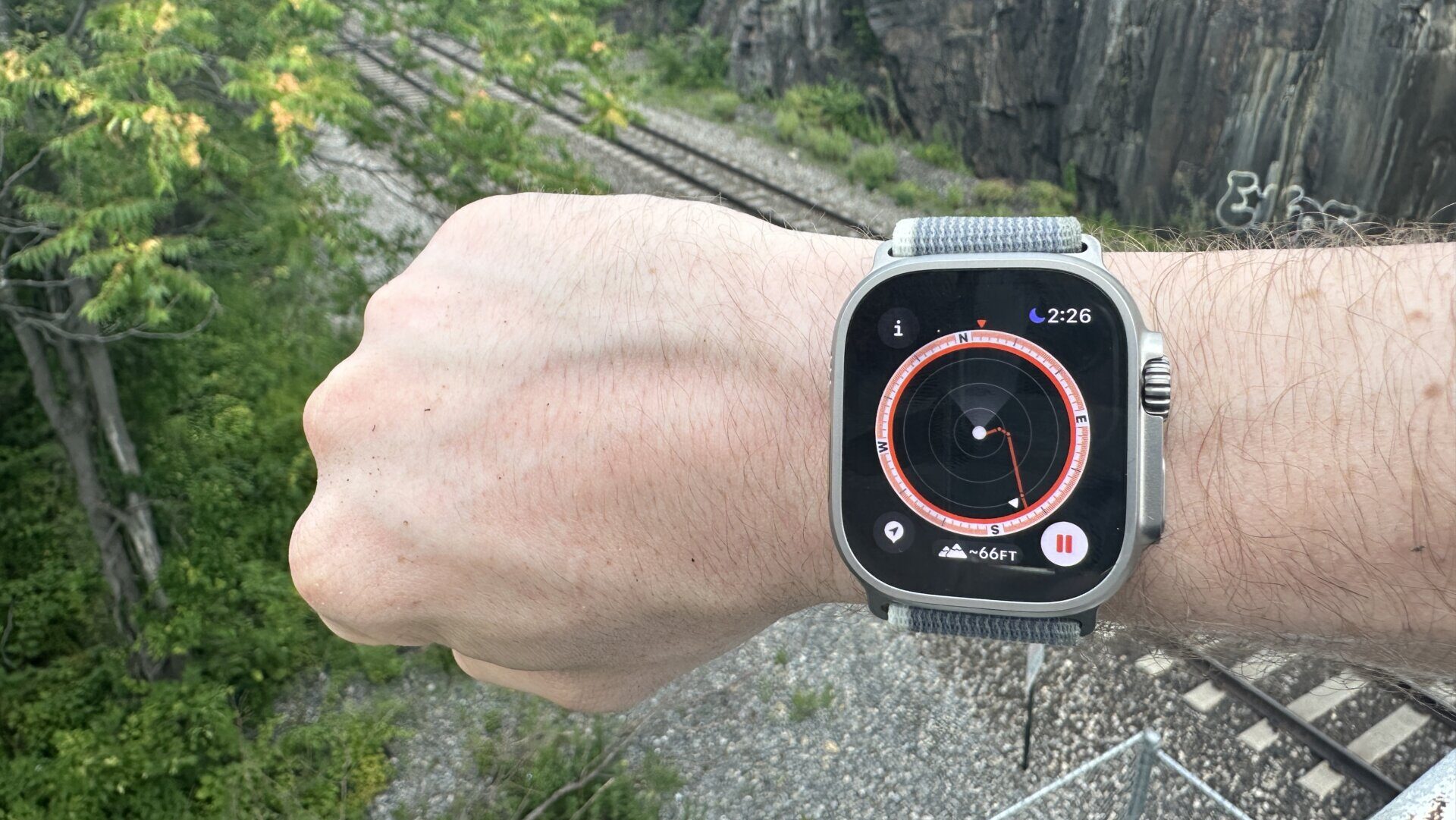
These are both very powerful watches that last quite a long time, though Samsung might have the slightest edge in battery life. The Apple Watch Ultra 2 uses the S9 SiP, and it’s fast and responsive without any lag in any of the apps I’ve used. The Galaxy Watch Ultra uses a new 3nm processor that’s supposed to be three times faster than last gen. The company also redesigned its sensors, calling the new set its BioActive Sensor, which should offer more accurate readings.
My time with the Apple Watch Ultra 2 was with watchOS 10, though watchOS 11 is currently in beta, and the Cupertino company will likely release it this September. Some pretty nice features are incoming, such as the ability to pause your rings (and finally get a minute of peace). There’s a new Vitals app incoming for sleep tracking and a Training Load tool to tell how your regular exercises impact your overall health.
They’re features meant to compete with Samsung Health’s sleep tracking. For the Galaxy Watch 7 and Watch Ultra, Samsung released new sleep apnea and electrocardiogram detection. That sleep apnea detection isn’t on Apple’s wearables, at least not yet. Those capabilities might be enticing to some, but they’re not going to offer a medical diagnosis.
The watch explicitly tells users that if there are any potential issues, they should check in with an actual doctor, but that’s not stopping the Korean tech giant from proclaiming its new sensor tech is more accurate than ever. Samsung also offers body composition snapshots, but the accuracy of those measurements is dubious at best. Apple watches need a separate accessory to judge things like body fat percentage. Based on a study it sponsored, Samsung claims that its body composition results are 97% accurate. Yet, getting results from trained health and nutrition professionals who can tell you the next best steps is better.
With the new generation of watches, both Apple and Samsung now support the same double pinch gesture that works on some notifications and apps. I’ve struggled to get it to work on both devices. It sometimes takes several pinches to get the watch to recognize it, though I had more luck on Apple’s device than Samsung’s.
However, other smaller details differentiate the two. Apple’s watch has a better-designed compass app with a Backtrack mode to help you find your way back to a trail. I can’t compare underwater features since I never took this thing to Davy Jones’ locker.
Apple is conservative when it says you’ll get 36 hours from a full charge without using battery-saving mode. Wearing them both simultaneously, Apple’s device managed to go around 42 hours before needing to charge again. Samsung’s went closer to 46 hours.
Order Apple Watch Ultra 2 at Amazon
Order Galaxy Watch Ultra at Samsung
Apple Watch Ultra Versus Samsung Galaxy Watch Ultra: Fitness Metrics
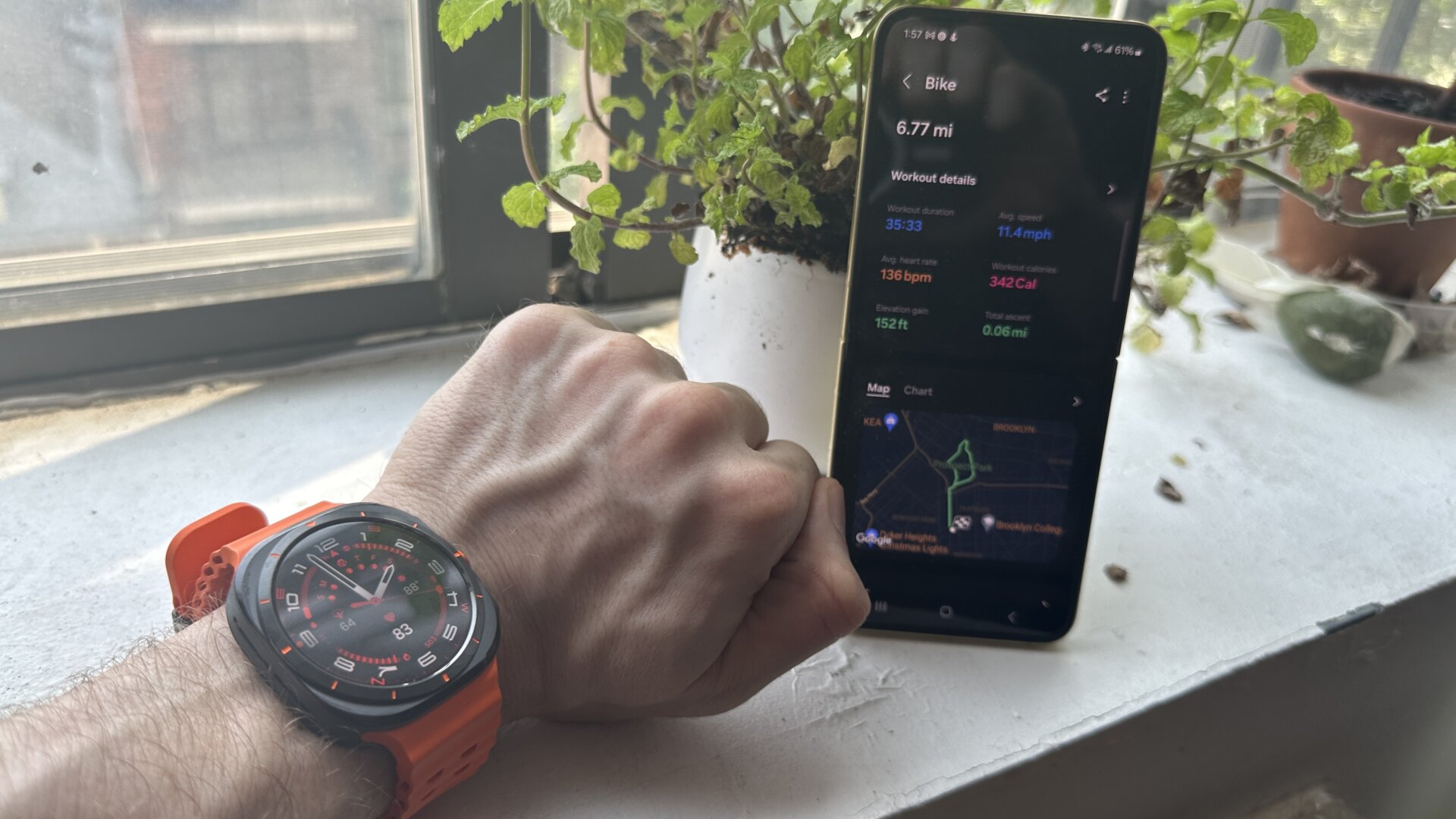
The Breakneck Ridge trail is notoriously difficult for amateur hikers despite the regular 2.8-mile “Long Loop” only taking a few hours to complete. It starts with a demanding rock scramble up several peaks, so it front-loads the heart-pounding, calorie-burning action early on. The trail then falls into a routine of straight paths across the forested peaks before eventually transforming into a slightly treacherous stroll downhill along pebble-strewn trails.
On my hike, both Ultra watches had consistent elevation gain, but that’s where the two stopped agreeing on my workout’s metrics. Apple’s high-end watch measured my top elevation at 1,218 feet compared to Samsung’s at 1,270 feet. The Apple Watch breaks down heart rate into different zones than Samsung does. Apple’s heart rate zones list my aerobic heart rate as between 145 and 158 BPM. Samsung says my aerobic workout sits between 134 and 152 BPM. According to Doctor Apple, I spent 24 minutes of my 2-hour and 10-minute hike with an aerobic heartbeat. Doctor Samsung disagrees, saying I only spent 33 minutes at vigorous intensity.

The stated length for the Wilkinson Trail Loop of Breakneck Ridge is 3.2 miles. Alltrails start the trail in the center of the loop, on the road between where the hike begins and ends. Samsung’s watch said I did exactly 3.13 miles, which seems accurate. For some odd reason, Apple declared my hike was 3.45 miles. Apple likes to measure pace in minutes per mile rather than Samsung’s miles per hour. It could be a difference in how each device tracks GPS.
What’s more strange is that these two watches presented wildly different numbers for total calories burned. The Apple Watch Ultra declared I had 546 active calories and 738 total calories burned (which includes basal or non-workout calories, such as during a break). Samsung’s Watch Ultra claimed I burned through 1,126 calories on my hike.
During a normal workout during sword practice at the gym, the Galaxy Watch recorded that I burned 709 calories. The Apple Watch claims it was 616 in total. Apple says my average heart rate was 72 BPM, while Samsung says it was 85 BPM.
As a reminder, these watches can’t actively track calories with any particular sensor. They instead calculate the calories you burn based on your personal information and workout routine. Both watches had the same information about my health, but Apple’s judged my workouts much more harshly than Samsung did. I still wouldn’t take Apple’s data at face value. Stanford researchers stressed in a paper from 2017 that no wearable is really great at determining energy expenditure. As more recent tests of fitness wearables show, neither rings, nor bands, nor watches can calculate a precise measurement of your calorie burn.
Fitness-minded techies like YouTuber Rob Ter Horst judged the heart rate accuracy of these latest Apple and Galaxy watches compared to more medical-minded sensors. In those tests, the Apple Watch was normally more accurate by a few percentage points than Samsung’s. That falls in line with a recent study of the Apple Watch’s ECG sensing is fairly accurate, though not to a pure medical-grade extent. In this case, I would trust Apple’s heart rate tracking more than Samsung’s.
But that’s all beside the point. You should not use these smart watches for medically accurate health measurements. They’re better considered as metrics to judge your own improvement. Samsung Health and Apple Fitness apps will show your heart rate recovery after a workout, but Apple can break down your heart rate over more granular time segments than Samsung. I don’t stress about every little detail of my fitness routine, but for those that do it’s a small point in Apple’s favor.
Verdict: They’re Both Damn Expensive, but Damn Good Watches

Samsung has the benefit that its high-end watch costs $150 less MSRP than Apple’s and packs a slightly better battery. On the flip side, I might like the Apple Watch Ultra 2 more in pure usability simply because of the digital crown. I don’t have to worry about smudging up my tiny screen with all my pertinent fitness data with a little dial.
I said it in my review, and I’m saying it now—Samsung should bring the rotating bezel to the Galaxy Watch Ultra 2. At that point, with its full two-day battery life, it will be the perfect sports watch, on equal or better footing than Apple.
But you can’t go wrong either way. They’re so comparable that I sometimes go to the wrong phone to check my data when I’m wearing one or the other.WatchOSS 11 may do more for tracking your sleep cycles, and perhaps that matters to you. I can say for certain that you shouldn’t feel like you’re missing out if you’re hanging in Samsung’s camp or kicking it with Apple.
Order Apple Watch Ultra 2 at Best Buy
Order Apple Watch Ultra 2 at Amazon
Order Galaxy Watch Ultra at Samsung
Order Galaxy Watch Ultra At Amazon
